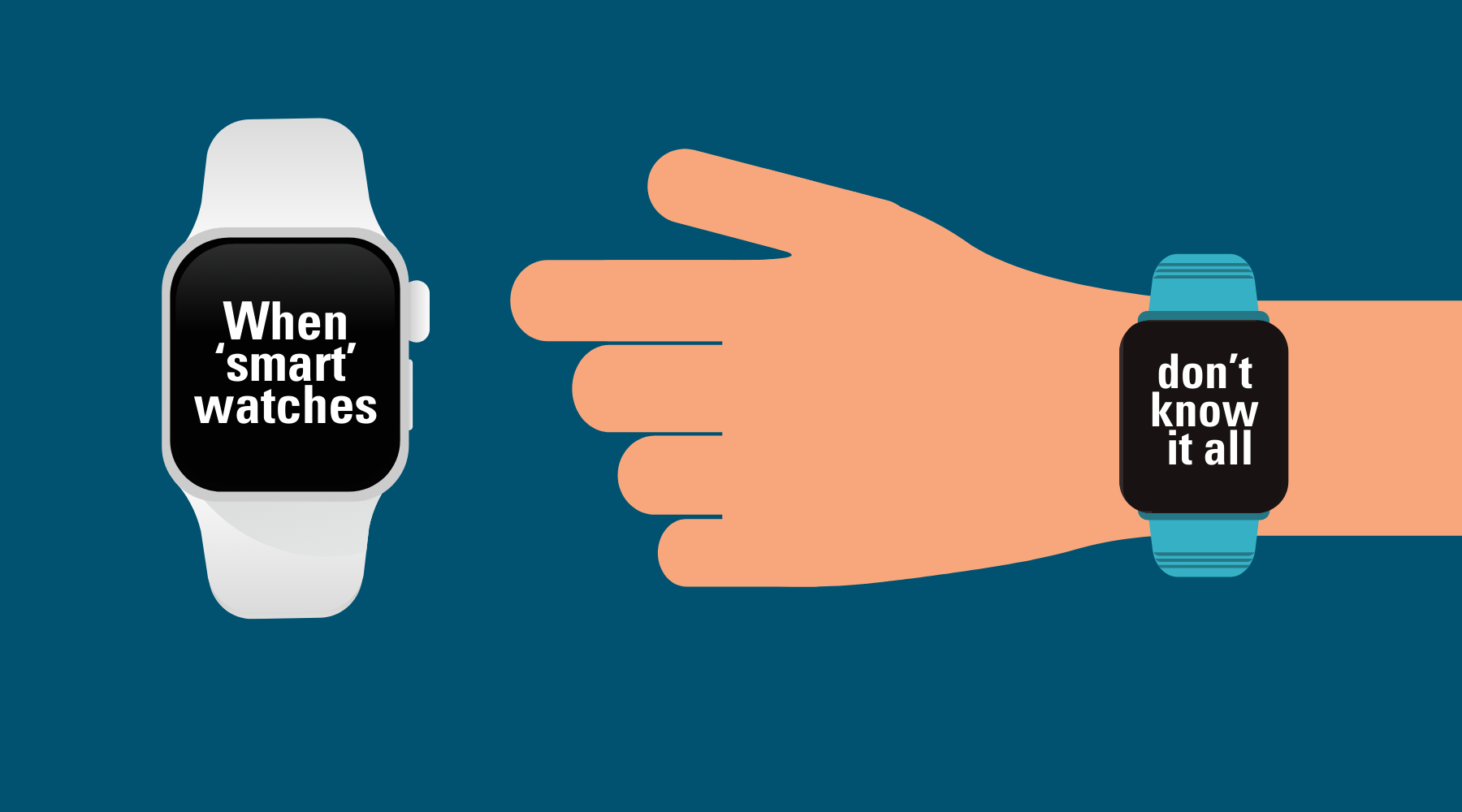Adam’s Journal
I ran the New York City Marathon earlier this month. After I crossed the finish line, exhausted, I looked at my watch.
Like many smart devices, it makes recommendations about the amount of recovery time I need following a workout. On the heels of this 26.2-mile effort, it said 72 hours.
Huh? Seriously? Forget about a return to full strength in three days; I generally consider myself lucky if I’m able to walk normally by that point. But maybe the watch knows something I don’t?
Dr. Scofield Prescribes
Welcome to our new world of artificial intelligence!
Your watch used some sort of algorithm to cook up this figure. I’d guess it took into account your run’s length and intensity (probably measured by your heart rate), compared it to past efforts, and spit out a prediction about when your body will be back to its pre-marathon form.
That all sounds great, and the formula may work pretty well for typical workouts. However, no matter what kind of shape you’re in, running 26.2 miles is not a typical workout. And when you get outside of the norm, predictive analytics can break down.
My specialties are endocrinology and immunology, so I don’t purport to be an expert in sports medicine. Still, I have run a half-marathon, and I know it took significantly more than three days before I was feeling like myself again after that 13.1-mile effort.
I’ve heard tell of “rules” like one day of recovery for every mile of a race. But it turns out there’s not a great deal of quality research on recovering from marathons or other forms of strenuous exercise. Indeed, before you’d even leave the starting line (so to speak), there’s a big hurdle: How, exactly, do you measure recovery?
The most straightforward way would be to stage another workout like the one that caused the fatigue in the first place and compare the two. In other words, have participants run a second marathon a week (or two or three) after. But good luck getting people to enroll in that study.
More generally, studies have found that muscle soreness tends to resolve about a week after a marathon. Researchers have also looked at blood samples from athletes to gauge levels of enzymes and proteins associated with muscle damage and inflammation.
However, those results can vary a great deal from one person to another and may not correlate with recovery. In addition, there are so many physiological changes that take place when you push your body to the edge that it’s virtually impossible to isolate one – or two or three – and make it the measure of recovery.
In sum, I can’t definitively say your watch is wrong. Still, I’d recommend taking it easy for longer than three days – at least a week, maybe more. The best course of action may well be something you’ll never hear from an algorithm: Listen to your body.
–
Adam Cohen is senior vice president and general counsel at the Oklahoma Medical Research Foundation. Dr. Hal Scofield is a physician-scientist at OMRF, and he also serves as Associate Chief of Staff for Research at the Oklahoma City VA Medical Center. Send your health questions to contact@omrf.org.



